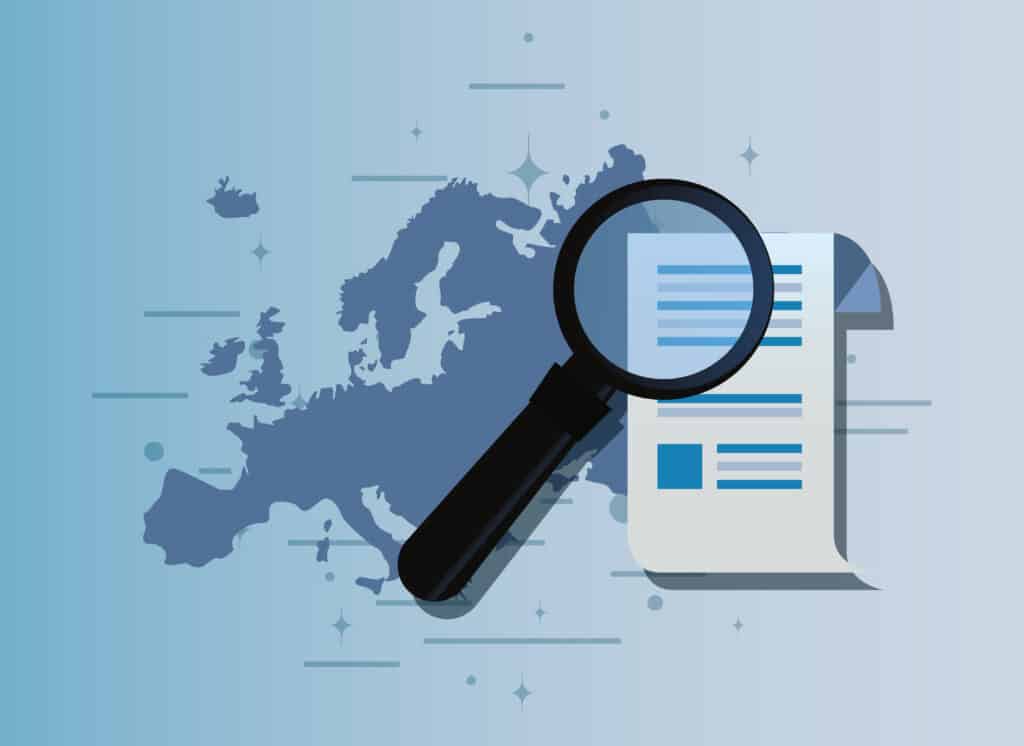Stay up to date with the latest Gevers news by signing up for our newsletter.
Publications of patent applications and granted patents are a recognised source of information on technological innovation programs and patenting strategies of players in a given field. Tapping into this resource, data reporting tools such as mapping/landscaping are often used to provide general overviews of competitive activity. Going beyond, patent data analysis can become a personalized, wide-ranging strategic tool, if well-defined objectives are set for the analysis, a dedicated search strategy is implemented and an actionable report is produced, with recommendations closely fitting the objectives. As a consequence, patent data can have an impact throughout your specific innovation cycle, enabling key choices and decisions at every stage of the cycle, from Ideation to Development to Marketing and Monetisation.
Here we focus on Marketing and Monetisation
1. Patent data can assist positioning your products versus competition
Patent data reveal patent filing and technological development trends in markets corresponding to your products. Such data can help you determine the relevance of your products in said markets. A report showing few patent filings from third parties in a market will indicate that competition is not actively investing in developing or selling products in that market. This could indicate that your product has a relatively high potential of success, but could also infer that competition has chosen not to invest in this market, for reasons worth exploring. Conversely, a report revealing substantial filing activity from third parties in the chosen market will help conclude that said market is relevant for your own product. Going further, thanks to a technological segmentation, technical areas offering best opportunities for differentiation versus competitors can be highlighted.
Market positioning studies based on patent data need to have a well-defined objective. If marketing of the product is prospective, the study will be aimed at supporting the introduction of the product in the market. If the product is already sold, the study will focus on determining product improvement opportunities, to bolster your differentiation versus competition.
How is the step-by-step analysis conducted?
– Markets of interest and technologies embodied by your products are spelled-out
– Competitors are listed according to their patent filing volume in the relevant markets
– Filings distribution charts over the last several years are compiled, allowing detection of technology or market evolution trends
– Patented technology segments are identified and compared, allowing identification of where each player innovates and which technologies are most protected in the relevant markets
– Your product information data are compared with above charts and maps
– A personalised report is drawn, with recommendations addressing the specific objective set for the exercise
2. Patent data can support monetisation of your patent assets
Patent portfolios enable commercialisation of products embodying protected technologies. But they also represent tangible assets, closely associated with the owning company’s value in e.g. fundraising, acquisition or merger operations. In addition, patents can be licensed or transferred to third parties, generating financial income. Therefore, assessing the financial value of a patent asset and determining its valorisation potential with respect to third parties are decisive steps. Patent data reports can be of precious assistance in such contexts. Third party filing data will position analysed patents in their competitive environment, identifying players with similar technology developments. They will allow identification of potential partners, both in terms of interest in the analysed patent technology and ability to exploit the patent in given markets.
Whether the study aims at supporting a financial valuation exercise per-se, or a valorisation exercise including identification of potential valorisation partners should be defined upfront. The geographical scope of the exercise should be clarified, and the analysed patent well summarized in terms of technology area, specific technical features and possible commercial applications.
How is the step-by-step analysis conducted?
– Third parties are listed according to their patent filing in the given technology area
– Filing data are mapped per geography, revealing countries with R&D locations and those with commercialisation potential.
– Filing distribution charts over the last several years are compiled, allowing detection of major technology or market evolution trends
– Patented technology segments are identified, showing where each player innovates most, and which technologies are most protected
– Prior art citation relationships between your patent and third party patents are analysed, revealing players closest to your patented technology
– A personalised report is drawn, with recommendations addressing the specific objectives set for the exercise
GEVERS and its specialized patent attorney and information specialists will gladly answer your questions and provide additional perspective.
